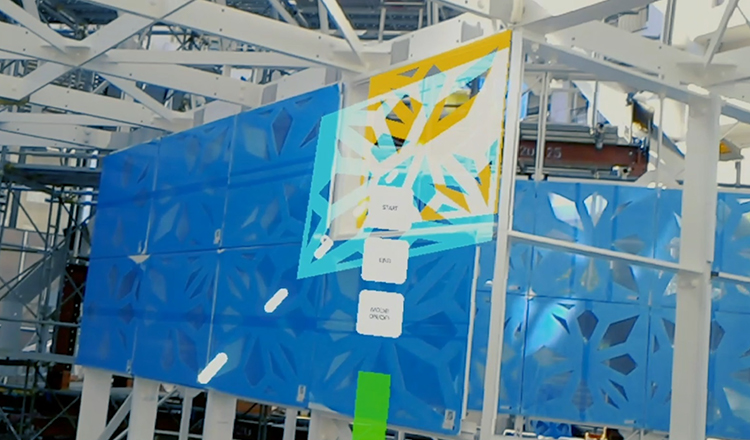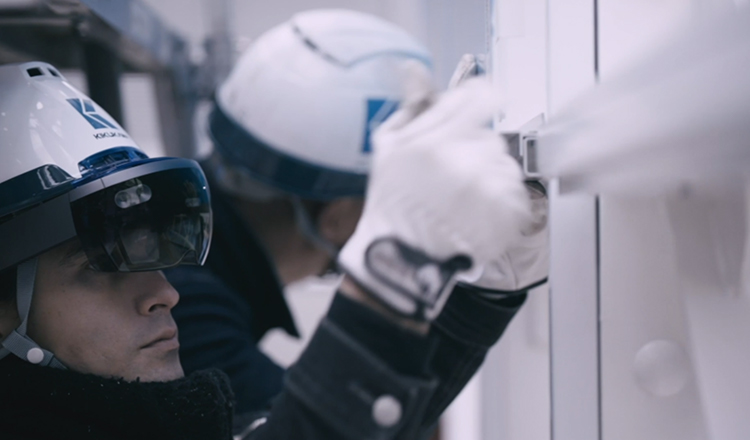Technology
A futuristic architecture with AI
A futuristic interface that connects people to their homes
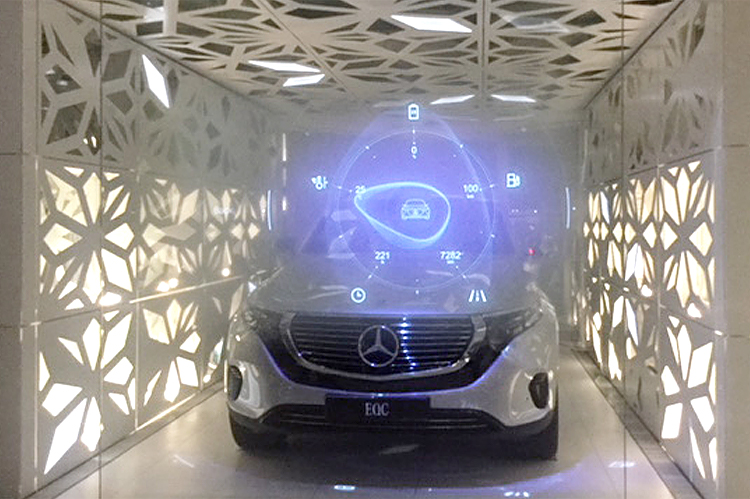
A glass interface in the center of the building
displays information such as room temperature
and brightness, connecting people to the house. In
addition, IoT connects the home and the object,
and provides the best service for people while
watching the indoor and energy situation.
This cycle was realized by the “Building
Communication System” developed by Takenaka
using advanced information technology.

“Building Communication System” + AI
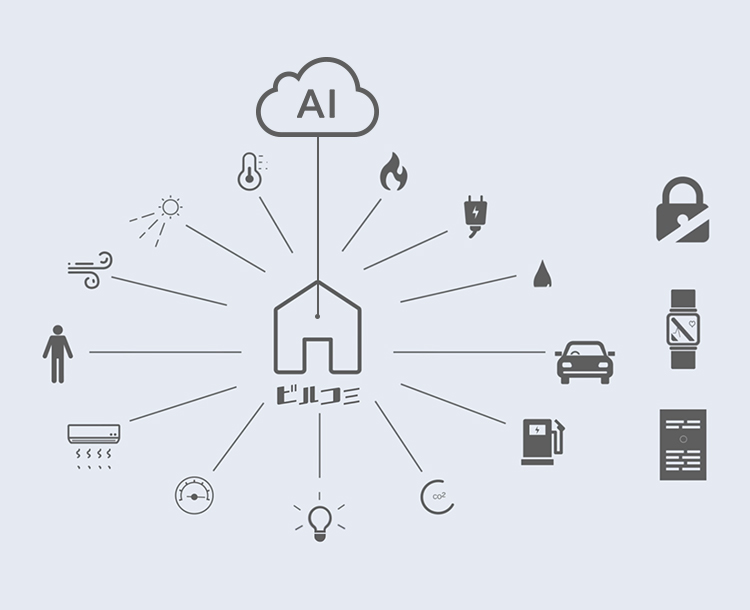
“Building Communication System” + AI
The addition of AI to “Building Communication System” has enabled “EQ House” to learn and grow. Lighting and air conditioning systems provide highly customized spaces by learning about individual preferences and comfort through communication with people.
Sensing plan to read even the background behind
By sensing the environmental information hidden in the background and learning it by AI, it is possible to reflect the relationship that could not be grasped in the past in the control.

Dimming film that responds to people and the environment
Dimming film controls the light that falls from the distinctive exterior like the sun shining through the trees. The transparency of the dimming film is adjusted according to the sensed data of solar radiation and the position of the sun to achieve optimum energy conservation control. You can program what AI has learned and reflect it in control.
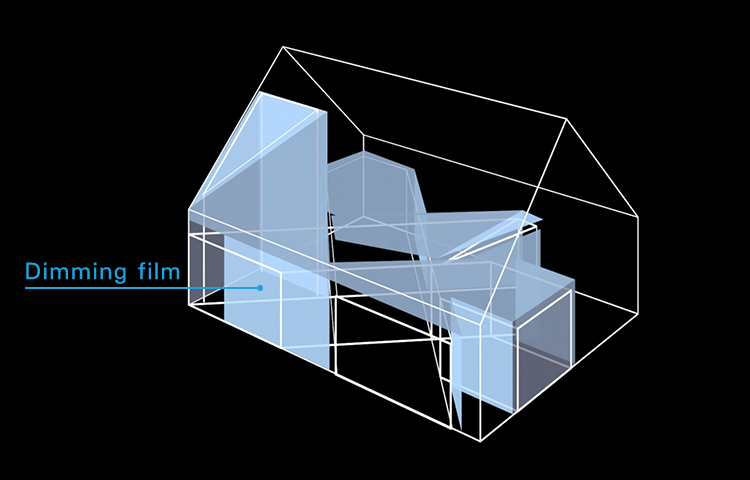
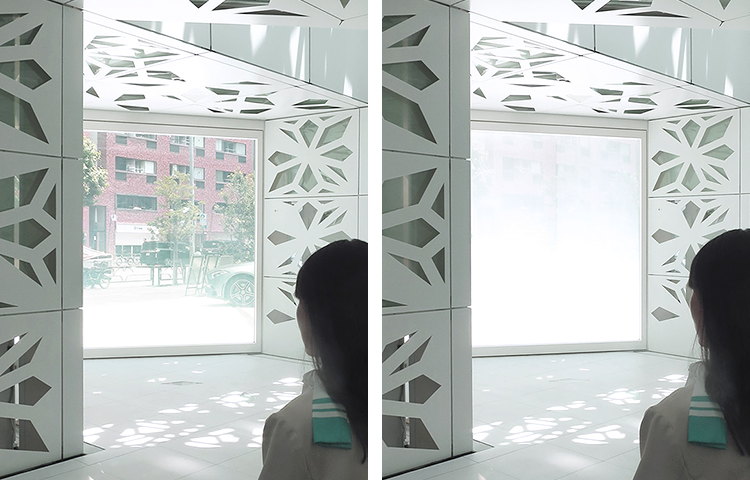
Digital Design-Build
Future design and construction technologies that realize EQ House
The exterior of the “EQ House” features 1200 panels providing an impressive silhouette. The
exterior
panel is designed using a computerized design that generates shapes by program. Based on the
results of the 365 day sun pattern study, we determined the optimal shape and placement for the
exterior panel.
We create a comfortable space by feeling the beautiful light and natural breeze that come into the
room through a hole in the panel.
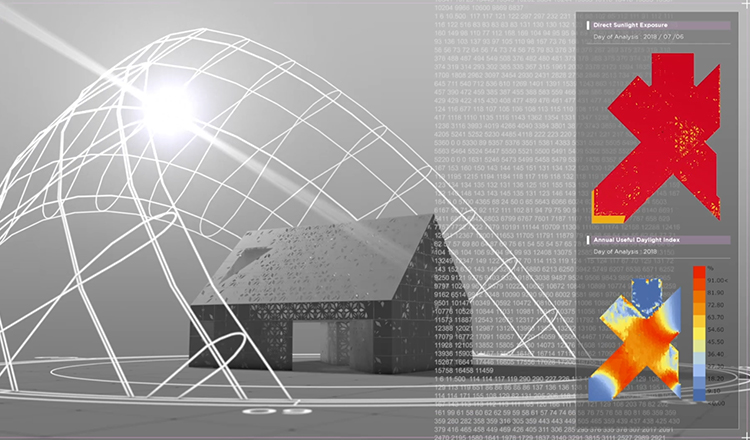
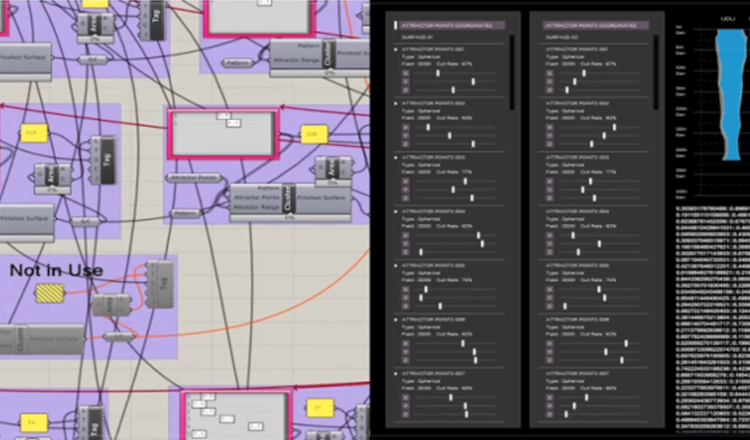
Digital data at the design stage makes construction more efficient. Using the digital information of each panel, a laser cutter automatically cuts out panels of various shapes at the factory.
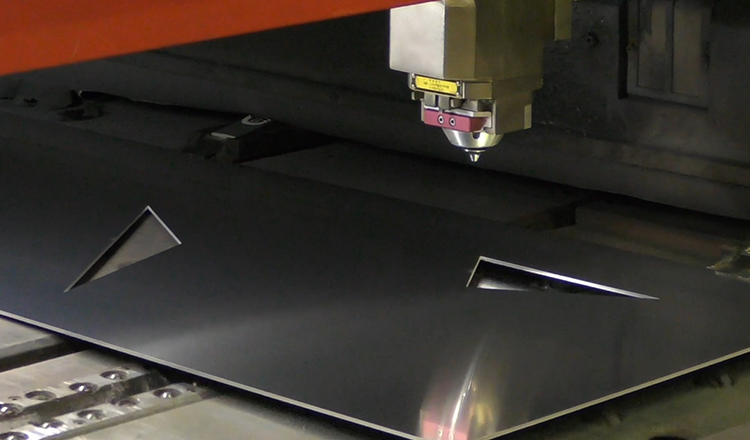
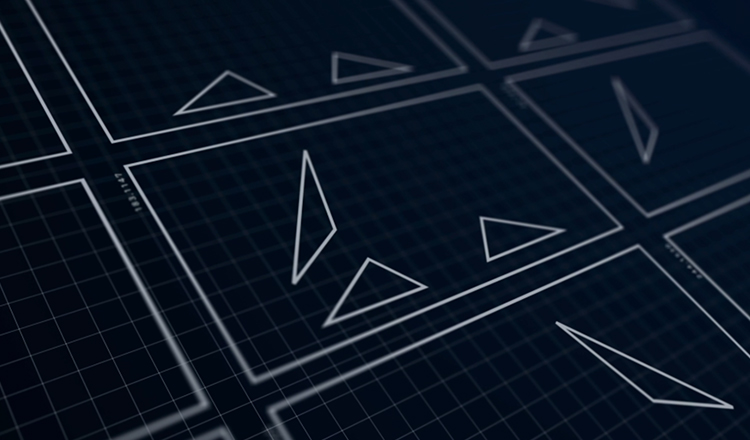
Each panel is managed by its own ID, and during assembly and inspection at the site, necessary
information such as the location of installation is provided in a timely manner through wearable
devices such as smart glasses, thereby supporting work at the site.
These digital design build practices are starting to revolutionize the construction process
in the near future.
